Cut many administrative procedures
For the first time, “innovation” is defined in law. The legalization of this concept aims to affirm the position of innovation as an independent field, equivalent to science and technology (S&T). This demonstrates innovation in thinking, not just focusing on pure research. And this is also the basis for ideas to be researched, tested, applied in practice and commercialized products of innovation.
In reality, in many fields, administrative procedures are one of the biggest barriers that individuals and organizations complain about the most, and the field of science and technology is no exception.
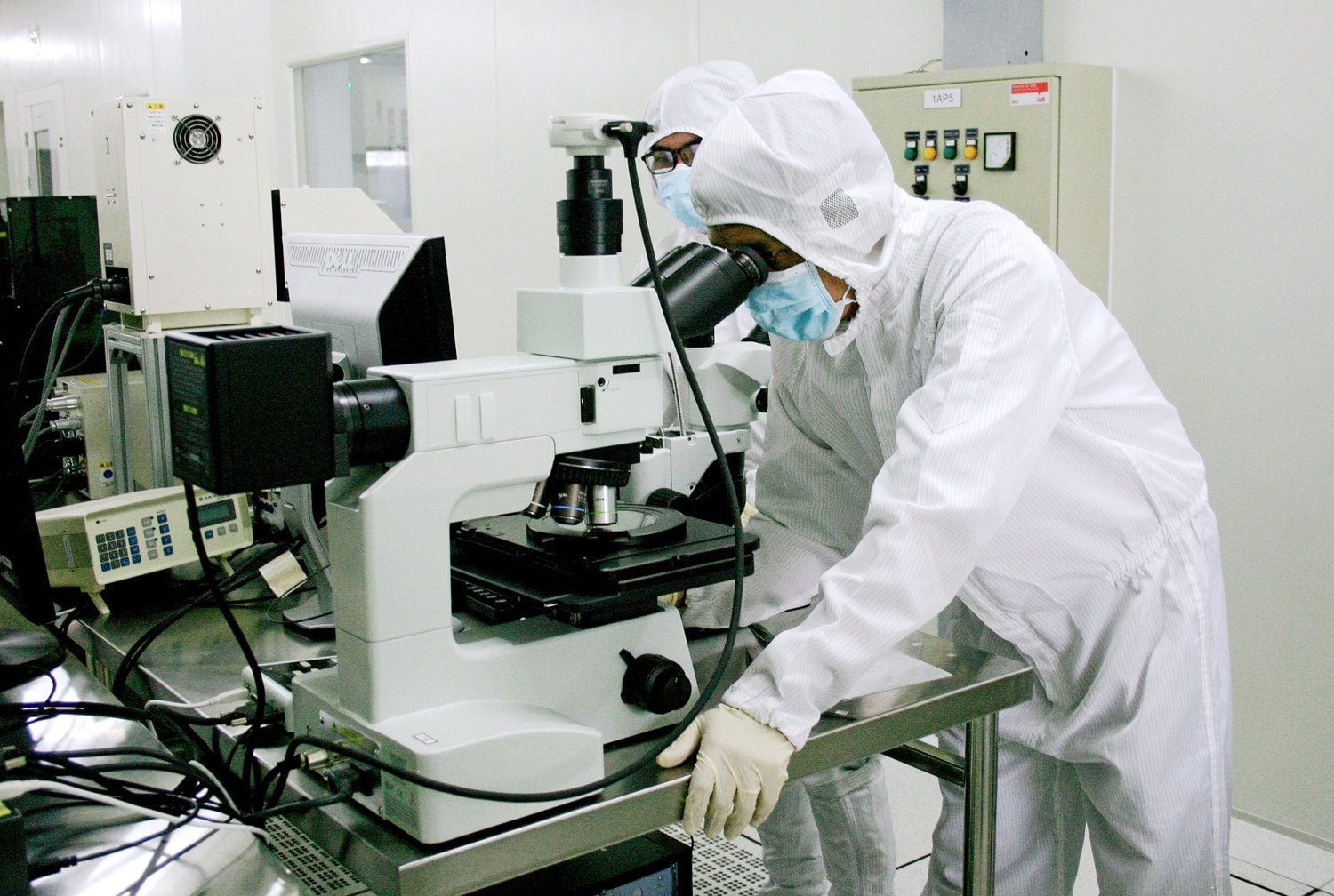
To overcome this situation, the law clearly demonstrates the principle of reducing administrative procedures, strengthening post-auditing, and comprehensive digital transformation in the management and operation of science and technology and innovation. Compared to the 2013 Law on Science and Technology, the newly passed Law has eliminated 9 administrative procedures, including: registration of activities of science and technology organizations; merger, division, separation of science and technology organizations; dissolution of science and technology organizations; procedures for establishing representative offices and branches in Vietnam of foreign science and technology organizations; support for joint science and technology tasks; assessment of the implementation of science and technology tasks; assignment of all or part of ownership or the right to use scientific research and technology development results using the state budget; implementation of spending contracts for science and technology tasks using the state budget; purchase of scientific research and technology development results. Thus, compared to the 2013 Law on Science and Technology, the Law has cut 9/10 procedures, reaching 81%.
Shift from “expenditure management” to “results management”
The institutional breakthrough for this field is that the Law has established a mechanism for accepting reasonable risks in research and innovation. Organizations and individuals who comply with the correct procedures but fail due to objective factors will be exempted from administrative, civil, and even criminal liability.
To have a basis for implementation, the law clearly stipulates cases of risk in scientific, technological and innovation activities, including: risks in scientific research, technological development and innovation; risks in controlled testing; risks in real venture investment and other risks as prescribed by the Government .
In addition, the law also clearly stipulates the acceptance of risks in scientific research, technological development and innovation. Accordingly, organizations and individuals conducting scientific research, technological development and innovation are exempted from administrative responsibility and civil liability for damages caused to the State if they have fully complied with the procedures and regulations in the process of implementing scientific research, technological development and innovation and have not committed any fraudulent acts, intentionally violated the law, or misused the objectives and scope of funding.
Other cases that are also subject to the risk acceptance policy include: organizations that carry out scientific, technological and innovative tasks using the state budget, other legal funds of public service units, and funds of state-owned enterprises do not have to return funds used for the correct purposes and scope if they have fully complied with regulations on task management, implementation procedures, research content, and risk prevention measures, but the results of the tasks do not achieve the set goals. Organizations and individuals that approve and manage scientific, technological and innovative tasks using the state budget, other legal funds of public service units, or funds of state-owned enterprises are exempt from administrative responsibility and civil liability if they have fully complied with regulations and procedures on task approval and management and have not violated the law, but the results of the tasks do not achieve the set goals.
In addition, the law also stipulates cases of exclusion of criminal liability according to the provisions of the Penal Code for risks in research, testing, and application of scientific, technical and technological advances.
These provisions of the Law are a step to institutionalize the policy of protecting cadres who dare to think and dare to do, creating a more favorable environment for scientific research activities, encouraging creativity and innovation. This is an important legal framework, creating a favorable environment for the implementation of highly breakthrough scientific topics, so that scientific researchers can confidently try their hand at new projects, without having to "work and worry" about risks due to objective factors.
To facilitate the implementation of these policies, the Law assigns the Government to specify in detail the criteria for determining acceptable risks in scientific and technological activities and innovation; the process of assessing compliance with procedures and regulations in approving, managing, and implementing scientific research, technological development, and innovation.
In order to institutionalize Resolution No. 57-NQ/TW, Resolution No. 68-NQ/TW, the Law has stipulated a strong shift from "expenditure management" to "management by results". Accordingly, the Law stipulates spending based on final results, increasing flexibility and autonomy. Ownership of assets and research results is transferred to the host organization immediately upon formation, without refunding the budget, without recording an increase in state capital. Commercialization of research results is flexible, profits are reinvested or used to encourage innovation; allocation is based on output efficiency...
In fact, science and technology management activities in our country in the past were mainly based on the “input” approach. Scientists sometimes felt “discouraged” because management was more about managing processes and procedures than assessing the practical value or applicability of research results. This led to many research topics that, although qualified for acceptance, were not commercialized, had low practical application, lacked connection with the needs of businesses and the market, and failed to promote the practical value of research results, causing waste. This mechanism also does not encourage creativity and the spirit of daring to think and do in scientific research.
Science, technology and innovation is a special field, and it is difficult to predict the results accurately in advance. Therefore, with many new regulations being amended and supplemented, the Law on Science, Technology and Innovation is expected to create a breakthrough in management thinking, shifting from "input control" to "output assessment". This is not only a step forward in mechanism but also a new approach to promote science to serve national development. It is believed that if institutional obstacles are removed, science, technology and innovation will have a wide path to develop.
Source: https://daibieunhandan.vn/khoa-hoc-cong-nghe-va-doi-moi-sang-tao-dot-pha-tu-the-che-10378843.html


![[Photo] President Luong Cuong chaired the welcoming ceremony and held talks with United Nations Secretary-General Antonio Guterres](https://vphoto.vietnam.vn/thumb/1200x675/vietnam/resource/IMAGE/2025/10/24/1761304699186_ndo_br_1-jpg.webp)
![[Photo] Solemn funeral of former Vice Chairman of the Council of Ministers Tran Phuong](https://vphoto.vietnam.vn/thumb/1200x675/vietnam/resource/IMAGE/2025/10/24/1761295093441_tang-le-tran-phuong-1998-4576-jpg.webp)
![[Photo] Prime Minister Pham Minh Chinh chairs conference on breakthrough solutions for social housing development](https://vphoto.vietnam.vn/thumb/1200x675/vietnam/resource/IMAGE/2025/10/24/1761294193033_dsc-0146-7834-jpg.webp)
![[Photo] Prime Minister Pham Minh Chinh and South African President Matamela Cyril Ramaphosa attend the business forum](https://vphoto.vietnam.vn/thumb/1200x675/vietnam/resource/IMAGE/2025/10/24/1761302295638_dsc-0409-jpg.webp)


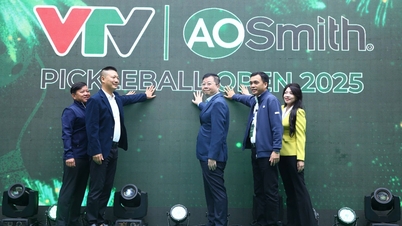

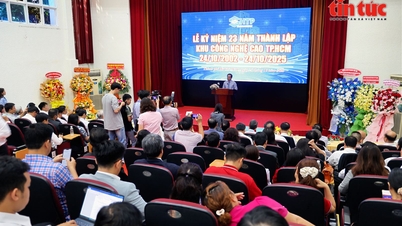

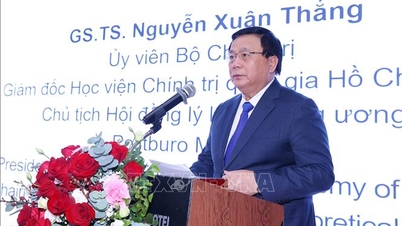






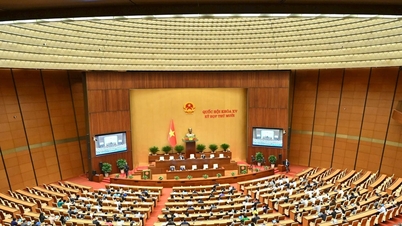




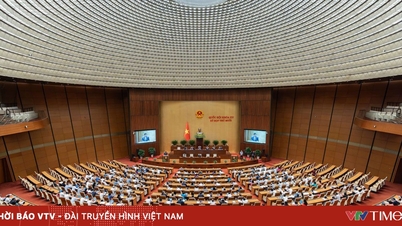






























































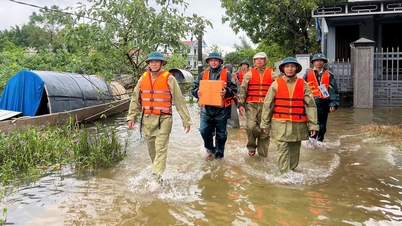


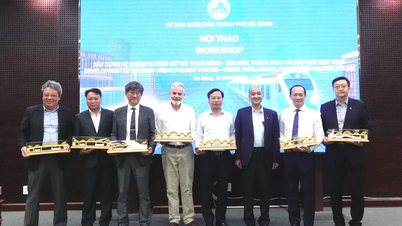
















Comment (0)